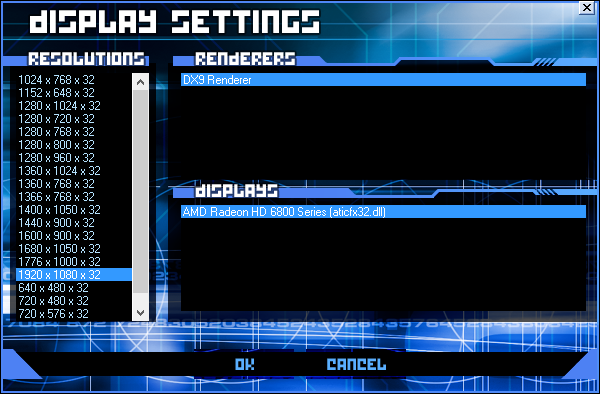
The cryptocurrency is supported by a large community, and the platform itself has considerable prospects. Although the network is now significantly inferior to modern platforms in terms of performance, developers are working to improve the protocol to ensure the transition to Proof-of-Stake. Why Ethereum Is One Of The Best Staking Coins The platform is currently working on the PoW mechanism, but Medalla's PoS test network has already been launched, in which BETH coins are available - tokens replacing the equivalent amount of ETH. Holders can now stake Ethereum cryptocurrency and receive income up to 20% per annum to their wallet, but the coins will be blocked for almost two years.

Since its inception in 2013, Ethereum has attracted the attention of crypto enthusiasts, as it has more functionality than the first cryptocurrency Bitcoin. The platform provides the Ethereum Virtual Machine ( EVM ) and Solidity language for building decentralized applications ( DApps ) based on the Ethereum blockchain.

Note: despite the fact that in fact modern blockchain networks are based on DPoS, their characteristics are often written simply as PoS, which can confuse inexperienced users. To know for sure, you need to study in detail the description of the platform on which you want to delegate your assets.Įthereum is the second largest cryptocurrency in terms of capitalization and the largest blockchain with smart contracts, with a huge infrastructure of decentralized applications. The platform is leading in the number of apps and tokens released on it, and the network is supported by a large community. Holders who simply hold small amounts of cryptocurrencies and want to participate in staking can become delegators. This means that they delegate their coins to validators and claim rewards without directly participating in mining. But delegators pay a commission on the profit, which, as a rule, is set by the validators themselves in accordance with the protocol limits.

In DPoS networks, the main role is played by network validators , which are responsible for validating and adding new blocks, ensuring the security of the network and maintaining its operability. Validators compete with each other to be the first to add a block and receive a reward, and in order to become a validator, it is necessary to block a large amount in the wallet, which is not available to most users. In addition, validators need to configure nodes ( nodes ) and monitor the operation of servers. The first PoS blockchains set high staking limits: users had to freeze thousands or even tens of thousands of dollars in their wallets to qualify for rewards, confirm transactions, and add new blocks to the network. This problem was fixed in the next generation blockchains, which switched to the Delegated Proof-of-Stake ( DPoS ) algorithm . Steyking ( staking ) replaces the Mining in the Proof-of-Work (PoW) , which requires a lot of computing power, the cost of equipment and maintenance. Instead of buying hardware, staking users buy cryptocurrency directly and place a bet to be eligible to add blocks and claim rewards for their stake in the network.

With the advent of the Proof-of-Stake consensus algorithm, mining has changed: users no longer need to buy expensive equipment for mining cryptocurrency, and to launch a node and receive rewards, it was enough to block the coins in the wallet. In this article, we will highlight the five best blockchain platforms for cryptocurrency staking.


 0 kommentar(er)
0 kommentar(er)
